1. The Dog That Helped Uncover a Presidential Scandal
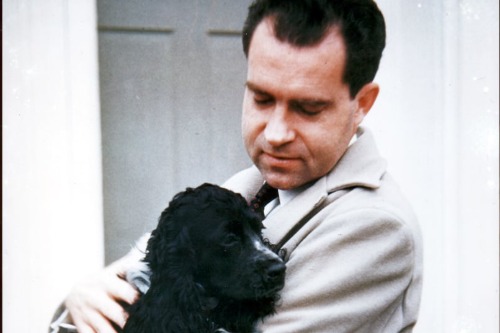
In 1952, a cocker spaniel named Checkers played a surprising role in saving Richard Nixon’s political career. At the time, Nixon was a senator and the Republican vice-presidential nominee, but he was accused of misusing campaign funds for personal expenses. To defend himself, he gave a televised speech denying any wrongdoing—except for one gift he admitted to keeping: a black-and-white puppy named Checkers. The heartfelt moment won over the American public, and Nixon’s emotional appeal became known as the “Checkers Speech,” PBS explains.
The speech was a massive success, shifting public opinion in Nixon’s favor and securing his place on the presidential ticket. It also marked a turning point in how politicians used television to connect with voters on a personal level. Though Nixon would later resign in disgrace due to Watergate, the Checkers Speech was one of the first examples of media-driven political image management. In an ironic twist, a single dog may have helped launch the career of one of America’s most controversial presidents.
2. The Pigeon That Saved the Lost Battalion
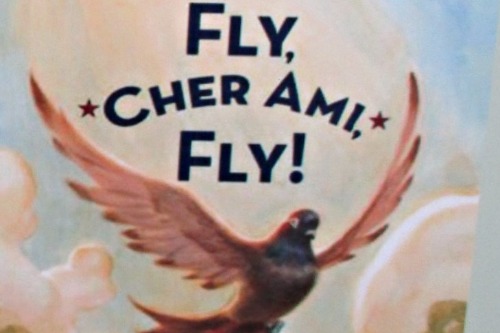
During World War I, a homing pigeon named Cher Ami carried a life-or-death message that saved nearly 200 American soldiers, according to the National Museum of the US Army. In October 1918, the “Lost Battalion” of the 77th Infantry Division was trapped behind enemy lines in France, with no food, supplies, or way to communicate. Under friendly fire from their own side, their only hope was Cher Ami, who flew through gunfire with a message tied to her leg. Despite being shot, blinded in one eye, and losing a leg, she completed her mission, and the shelling stopped—securing her a place in history.
Cher Ami’s heroic flight earned her the French Croix de Guerre, an award for bravery in battle. She was treated by medics, given a tiny wooden leg, and sent back to the U.S. as a war hero. After her death, she was taxidermied and put on display at the Smithsonian, where she remains today. Her story is a testament to how even the smallest creatures can change the course of history in the most unexpected ways.
3. The Horse That Sparked an Early Animal Rights Movement
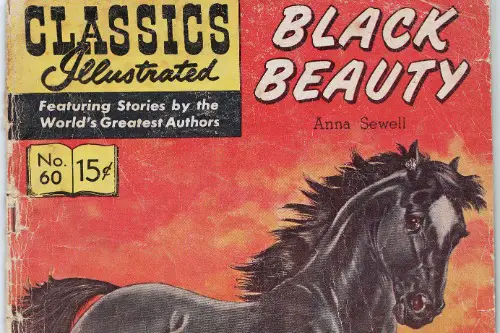
In the late 1860s, a beaten and starving horse named Black Beauty inspired the creation of the first major animal welfare laws in the U.S., according to NPR. A group of activists in New York, led by Henry Bergh, used the book Black Beauty—published in England—to campaign against animal cruelty. The book’s vivid descriptions of horse abuse resonated with readers, fueling a movement to protect working animals. This led to the founding of the American Society for the Prevention of Cruelty to Animals (ASPCA) in 1866, setting the stage for modern animal rights laws.
Black Beauty wasn’t a real horse, but the novel’s impact on U.S. history was very real. The ASPCA’s advocacy led to laws that regulated the treatment of carriage horses and livestock, making cruelty punishable by fines and jail time. These efforts also laid the foundation for child protection laws, as Bergh later helped form the first organization to prevent child abuse. In an unexpected way, a fictional horse played a crucial role in changing American attitudes toward both animals and vulnerable people.
4. The Brave Dog That Led the Lewis and Clark Expedition
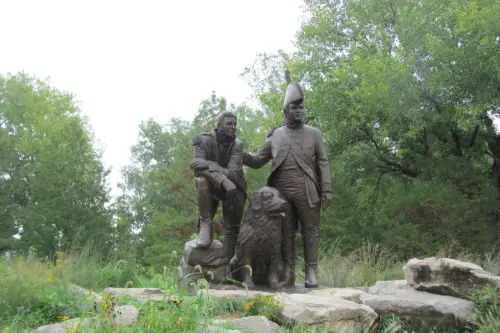
In 1804, Meriwether Lewis and William Clark set off on their historic journey to explore the western territories of the U.S., but they didn’t do it alone. Their Newfoundland dog, Seaman, played a key role in the expedition, according to the National Park Service. He helped by hunting for food, protecting the men from wild animals, and even ferrying supplies across rivers. His loyalty and stamina were invaluable to the team, and his contribution was so significant that Lewis later made sure to mention him in his journals.
What’s even more amazing is that Seaman’s presence made the journey feel less isolating for the explorers. At a time when most Americans had never ventured beyond the Mississippi River, Seaman’s companionship helped keep morale high. His bravery is sometimes overshadowed by the fame of the men, but Seaman’s influence on the success of the mission was undeniably crucial. It’s a testament to how even animals can have an impact on major historical events.
5. The Monkeys That Helped Test Space Travel
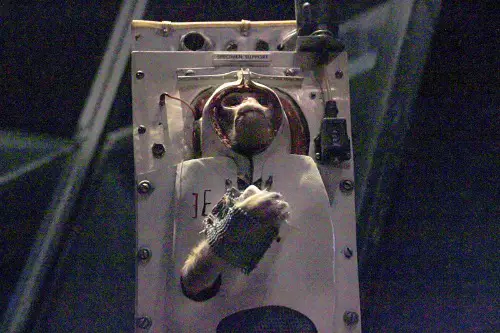
In the 1950s, when the U.S. was racing to get a human into space, scientists turned to animals to test the feasibility of space travel. One of the first animals to be launched was a rhesus monkey named Albert I in 1948, NASA explains. Unfortunately, his flight ended tragically, but it paved the way for future successful missions. Monkeys like Albert II, who became the first to survive a space flight in 1951, provided valuable data that ultimately helped the U.S. launch human astronauts into space.
These animals helped demonstrate the physical and psychological tolls that space could take on the human body, which was essential for the Apollo missions. Their sacrifices were part of a broader effort that led to NASA’s breakthroughs in human space exploration. Without the early animal tests, it’s hard to imagine how quickly America could have reached the stars. The monkeys are often forgotten, but their role in space history is undeniable.
6. The Heroic Elephants at the Civil War Battle of Fort Sanders
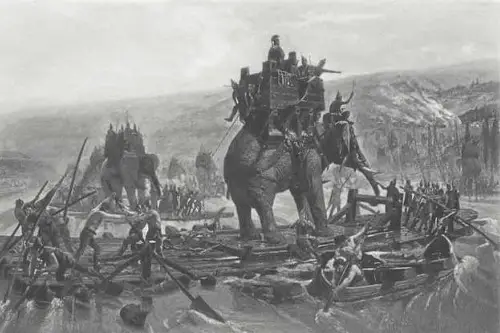
During the Civil War, animals weren’t just used for transport – they also became part of battle strategies. In the 1863 Battle of Fort Sanders in Tennessee, an elephant named Old Abe became an unlikely hero. The elephant had been a mascot for the 8th Wisconsin Infantry Regiment, and during the battle, he helped boost morale among the troops. Old Abe would later become a symbol of the Union’s resolve, and his story became a popular tale during post-war years.
But Old Abe’s importance went beyond just being a war mascot. He stood as a living testament to the resourcefulness and determination of the Union forces, who used anything available to bolster their efforts. His presence made the soldiers feel connected to something larger than the fight itself. Even years after the war, Old Abe remained a cherished symbol of both the Wisconsin Regiment and the strength of the Union cause.
7. The Owl That Helped Win the Battle of Gettysburg
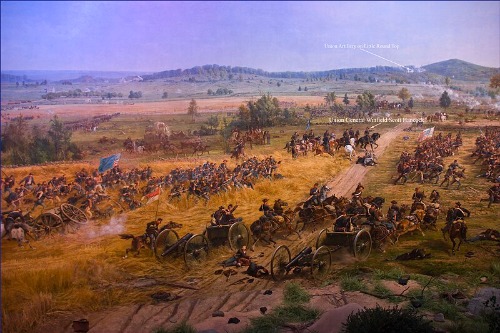
During the pivotal Battle of Gettysburg in 1863, an owl is said to have played a crucial role in giving Union forces an edge. Legend has it that just before the battle, an owl perched on a tree and hooted at key moments, giving soldiers a sense of timing. While the owl wasn’t directly involved in the fighting, it became a symbol of good luck and divine intervention among the troops. The soldiers believed the owl’s presence was an omen that helped them win a battle that turned the tide of the Civil War.
The owl’s role is mostly legendary, but its influence on morale can’t be overstated. At a time when troops were under immense pressure, having a creature that seemed to offer guidance brought a sense of calm. It’s a reminder that sometimes, in history, even the smallest or strangest occurrences can have a profound effect on the outcome of larger events. The owl became part of the lore surrounding one of the most important battles in American history.
8. The Dolphins Who Helped the U.S. Navy
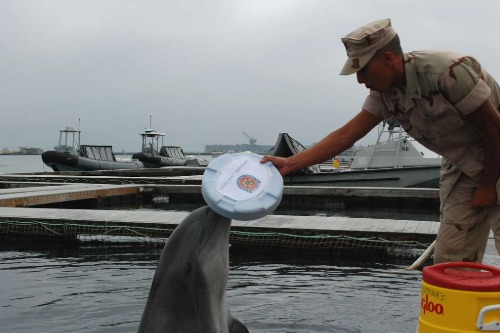
In the 1960s, the U.S. Navy turned to dolphins to assist in their underwater operations. The military trained these highly intelligent creatures to locate underwater mines and potential threats. One particularly skilled dolphin, named Tuffy, became an invaluable member of the Navy’s program. Tuffy’s work helped prevent numerous underwater disasters and set a precedent for future military animal training programs.
Dolphins’ use in military operations is a fascinating intersection of nature and technology. Their natural sonar abilities made them the perfect candidates for detecting objects in water. The Navy’s partnership with dolphins also led to breakthroughs in how animals could be used in military service. Today, dolphins are still part of the Navy’s efforts, showing just how lasting their contributions have been.
9. The Bear That Changed California’s State Flag

California’s state flag prominently features a bear, but its connection to an actual animal is more significant than you might think. In 1846, during the Bear Flag Revolt, settlers in California rebelled against Mexican rule and hoisted a flag that depicted a grizzly bear. The bear symbolized the strength and resilience of the California people during the revolt. After California became part of the U.S., the grizzly bear became a symbol of the state and was incorporated into its official flag.
The grizzly bear itself, once a common sight in California, eventually became endangered due to overhunting and habitat loss. However, its inclusion on the state flag continues to represent California’s bold and rebellious spirit. The bear’s impact is a reminder of how animals, through their cultural significance, shape the identity of regions. Though the real bears are long gone, their legacy remains an integral part of California’s story.
10. The Squirrel That Sparked a National Park Movement

In 1864, President Abraham Lincoln signed a bill that set aside a large area of land in California for preservation. While the creation of Yosemite National Park is often credited to the efforts of naturalists like John Muir, it was actually a squirrel that helped catalyze the movement. The little creature, known for causing minor chaos in Yosemite Valley, became a symbol of the wild beauty that the park aimed to protect. The squirrel’s antics captured the attention of visitors and media alike, raising awareness about the need to preserve such lands.
This unexpected mascot helped to underscore the fragility of wilderness areas, making it clear that they needed legal protection. Without the public’s growing appreciation for places like Yosemite, spearheaded in part by the charming critters living there, the national park system might not have taken off as quickly. The squirrel, in its innocent way, became an ambassador for conservation and sparked broader movements that shaped environmental policy in the U.S. Its story shows that even the smallest creatures can make a big difference.
11. The Alligator That Helped Change Southern Agriculture
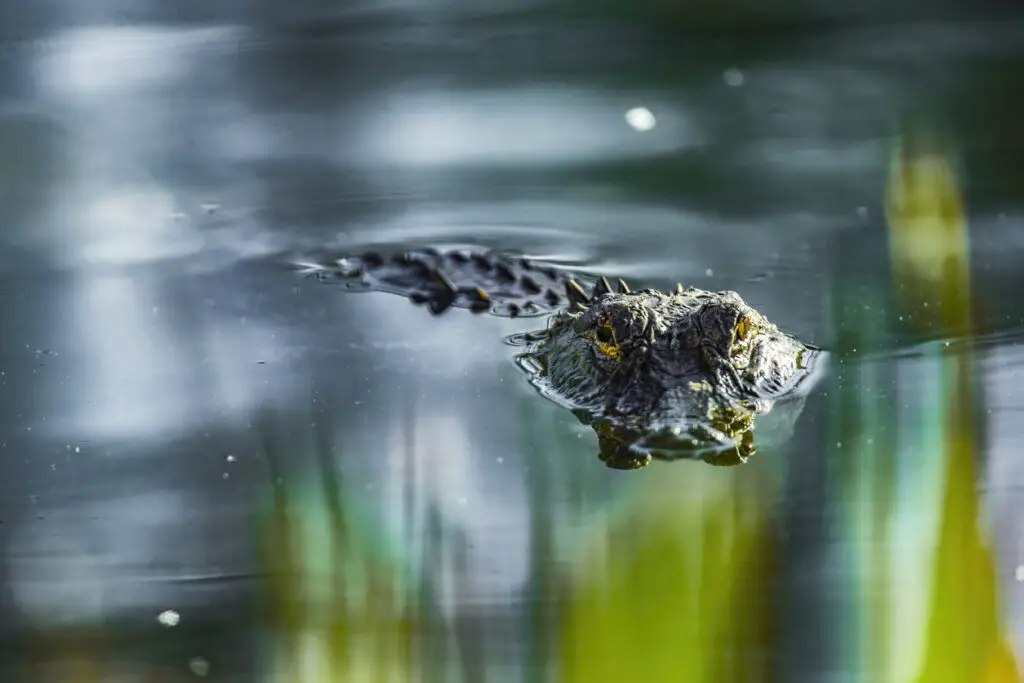
In the 1800s, alligators became part of the agricultural landscape in the South in an unexpected way. Farmers in Louisiana and other southern states realized that the presence of alligators could help control the rodent and snake populations that threatened crops. This relationship between humans and animals helped farmers maintain healthier, more productive land. Although it wasn’t an official agricultural practice, alligators played a silent but vital role in the farming economy.
As settlers and agriculturalists recognized the alligators’ benefits, they began to incorporate them into their farming practices more deliberately. This natural form of pest control helped stabilize crop yields and protect important food sources. The alligator’s role in Southern agriculture was essential during a time when chemical pesticides were not available. It’s fascinating to think that such an ancient creature contributed to shaping the Southern economy and agricultural history.
12. The Horses That Shaped the Pony Express
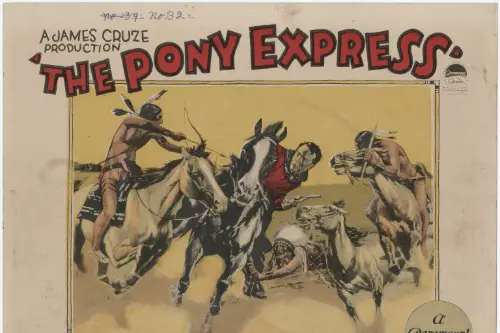
Before telephones and the internet, the Pony Express was a key method of communication between the East and West coasts of the U.S. And behind the success of the Pony Express were the horses that carried the mail across treacherous terrain. These sturdy animals were chosen for their stamina, speed, and ability to survive the harsh conditions of the American frontier. The route itself was perilous, but the horses carried letters and packages through all sorts of weather, ultimately helping to unite the country.
The success of the Pony Express laid the groundwork for more modern forms of communication. Though it only lasted a few years, its impact on American infrastructure was monumental, and it showcased the central role animals played in expanding the country. These horses were more than just transportation—they were the lifeblood of the American communication system. The Pony Express is remembered today for its legacy, and the horses that made it possible continue to symbolize determination and resilience.


